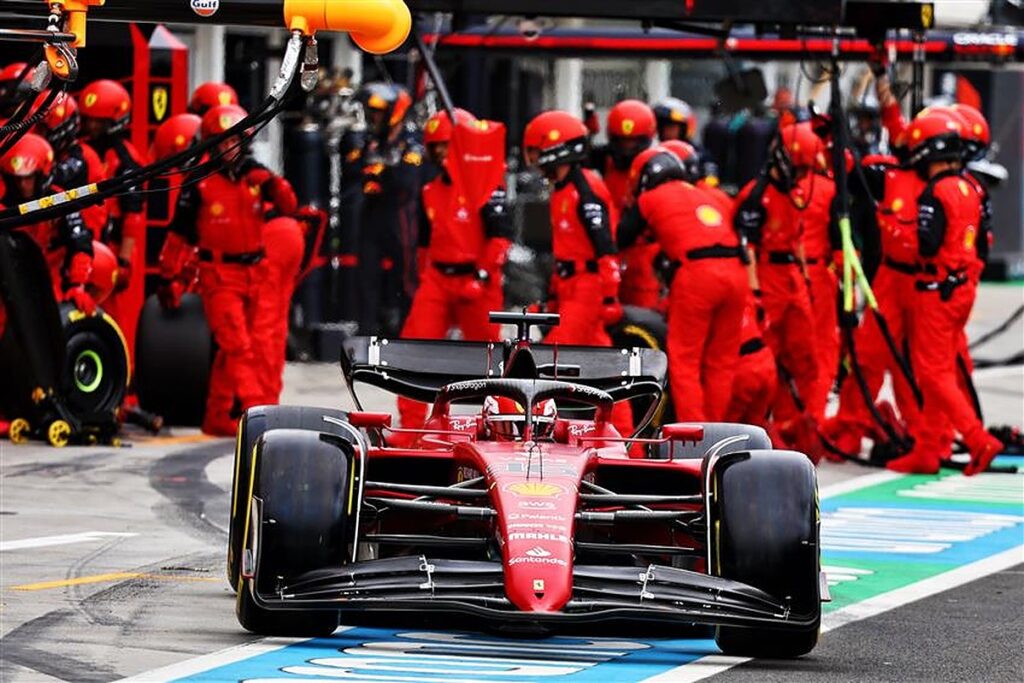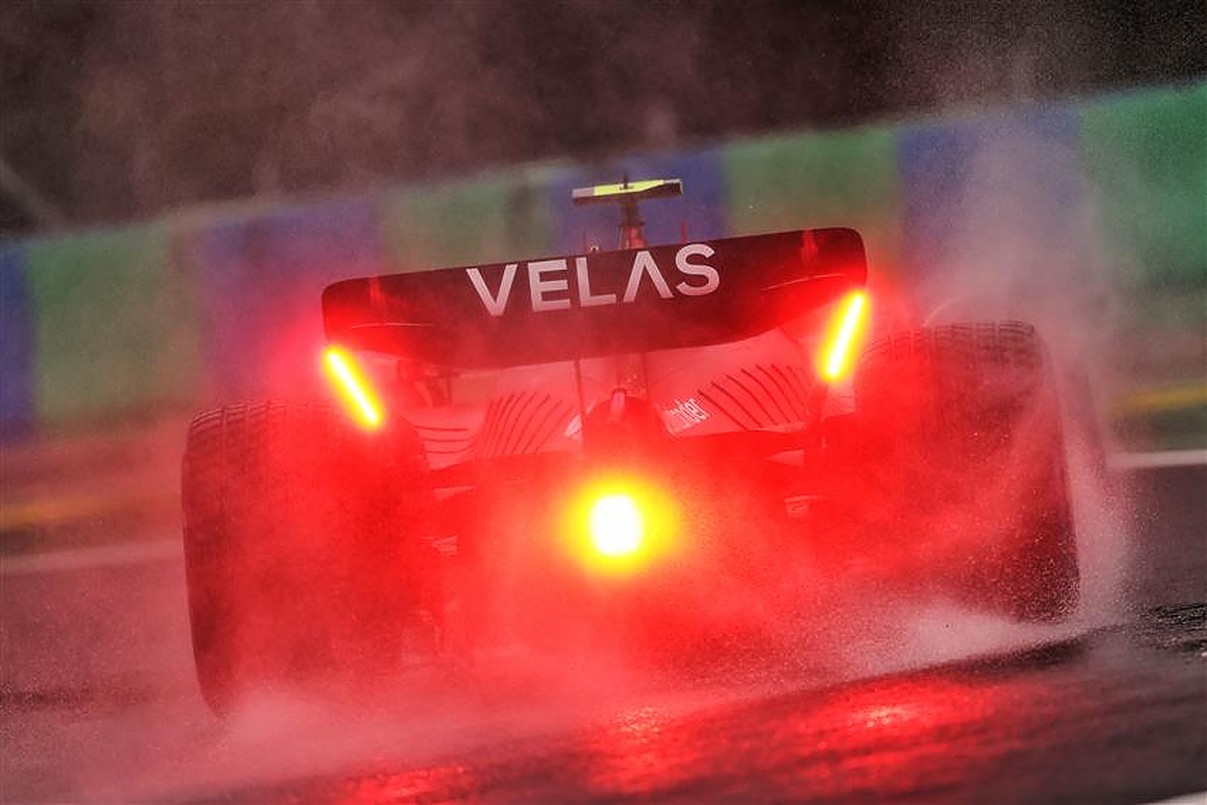Formula 1 drivers have been warned of the difficult to control nature the 2026 cars when the new technical regulations come into force.
The pinnacle of motorsport switched to hybrid power in 2014, as the old V8 engines were ditched, and new turbo-charged V6 power units were introduced.
This is all part of an initiative from F1 to go carbon neutral by 2030, and the next major milestone towards achieving that will be the new rules in 2026.
The new engines will be based more around energy than fuel, as 70kg of fuel are expected to be used by a single engine during the race.

Fuel usage will not be such an issue in 2026, because the fuel will look a little different in four years’ time.
Instead of carbon-based gasoline, F1’s scientists have successfully synthesised a fuel using machines to prevent carbon emissions from being released by the cars – this is arguably the most important part of the new regulations.
The MGU-K will also be made safer, as it will be installed within the chassis itself, so the production of kinetic energy is expected to pose less of a hazard than it does now.
The MGU-H, the generator that takes heat from the engine and converts it into energy, is set to be scrapped entirely.
This will theoretically make the engines louder, which was one of the early criticisms of the turbo-hybrid era.
With the removal of the MGU-H, the drivers are once again expected to be faced with the issue of turbo lag.
This occurs when it takes considerably longer for the energy to build up on throttle so, where the energy gradually but quickly built up before while the cars used two turbo chargers, it will now take longer with just one.
READ: FIA makes changes to car safety after Guanyu Zhou’s horror crash
However, when it does build, the charge will hit the drivers all at once, so the back end will be more difficult to control on corner exits, particularly low-speed ones.
This can cause a spin, as Kimi Raikkonen suffered for Ferrari at the Canadian Grand Prix in both 2014 and 2015.

